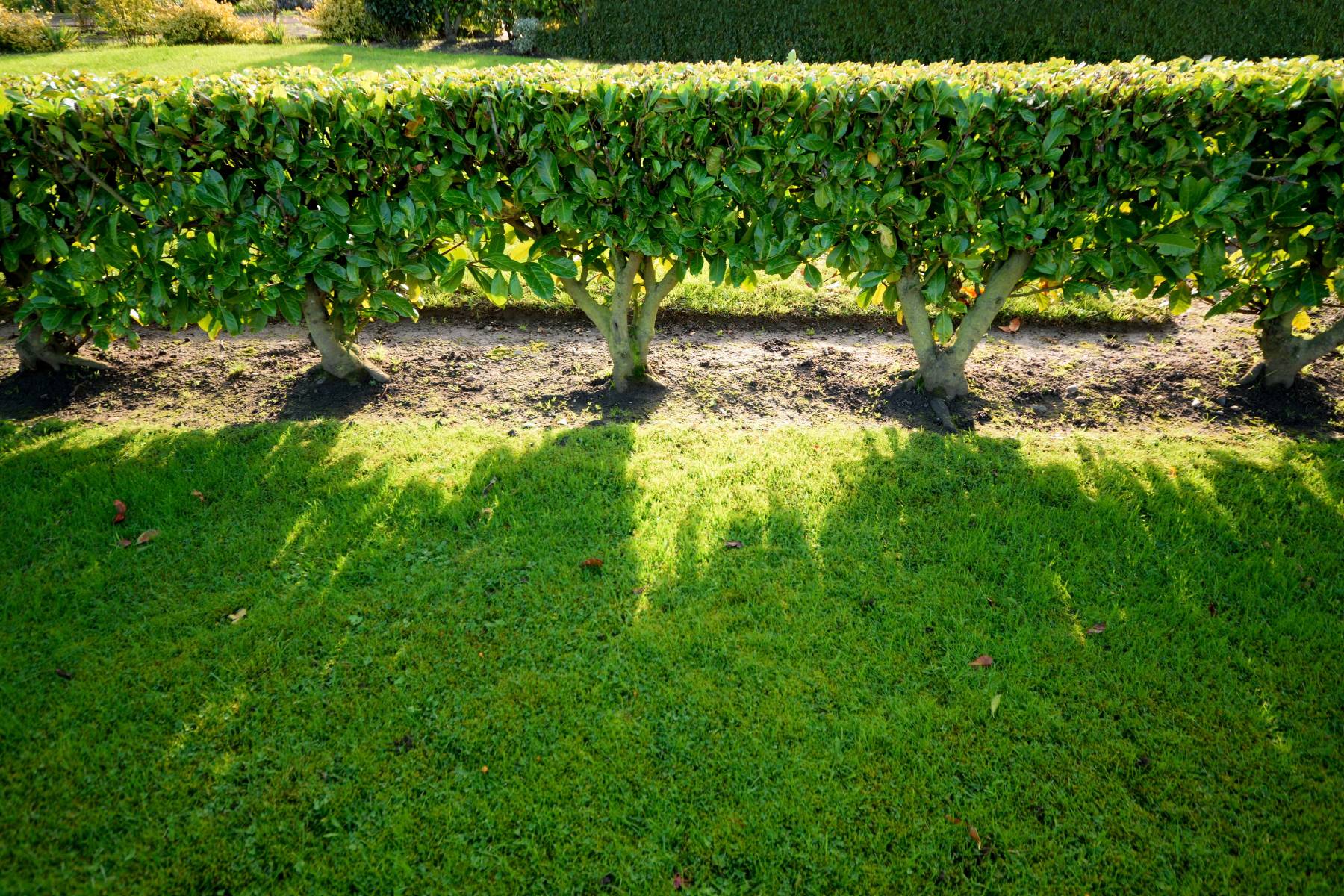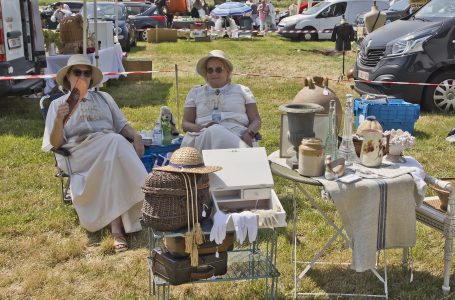Building A Living Fence: A Step-by-Step Tutorial

Table of Contents
Planning Your Living Fence: Choosing the Right Plants and Location
Before you begin digging, careful planning is crucial for a successful living fence. Choosing the right plants and location will determine the overall health, appearance, and longevity of your living fence.
Selecting Suitable Plants for Your Climate and Soil
Plant selection is paramount. Consider your hardiness zone, the amount of sunlight your chosen location receives, and the type of soil. These factors significantly influence plant growth and survival. Aim for plants that thrive in your specific conditions. The desired height and width of your living fence will also dictate your plant choices.
- Evergreen shrubs: Offer year-round privacy and visual interest. Examples include Holly, Boxwood, and Arborvitae.
- Fast-growing vines: Ideal for quickly establishing a dense screen. Consider Clematis, Honeysuckle, or Wisteria.
- Flowering bushes: Add bursts of color and attract pollinators. Options include Lilac, Spirea, and Rose bushes.
Remember to check with your local garden center or agricultural extension for plant selection guides specific to your region. Think about your goals: do you prioritize privacy with a tall, dense living fence, or are you looking for a more ornamental, less dense living fence?
Site Preparation: Soil Testing and Groundwork
Healthy soil is the foundation for a thriving living fence. Proper site preparation ensures optimal plant growth and minimizes future problems.
- Clear the area: Remove any existing vegetation, rocks, and debris.
- Amend the soil: Conduct a soil test to determine its pH and nutrient levels. Amend the soil with compost or other organic matter to improve drainage and fertility.
- Address drainage issues: Ensure proper drainage to prevent root rot. Consider installing drainage systems if necessary.
You'll need basic gardening tools for this stage: a shovel, rake, and a soil testing kit. Investing in quality tools will make the process easier and more efficient.
Planting Your Living Fence: A Step-by-Step Guide
Once your site is prepared, it's time to plant your living fence. The planting techniques vary slightly depending on the type of plant you've chosen.
Planting Techniques for Different Types of Plants
- Shrubs: Dig holes twice as wide as the root ball and just as deep. Gently remove the shrub from its container, loosen the roots, and place it in the hole. Backfill with soil, water thoroughly, and mulch around the base. Ensure proper spacing between shrubs to allow for growth.
- Vines: Plant vines near a support structure like a trellis or fence. Train the vines to climb as they grow.
- Trees: Dig larger holes and ensure sufficient spacing between trees. Stake taller trees to prevent wind damage.
(Include images or videos of each planting step here).
Essential Aftercare: Watering, Fertilizing, and Pruning
Ongoing maintenance is crucial for a healthy and beautiful living fence.
- Watering: Water regularly, especially during dry periods. Deep watering is more effective than frequent shallow watering.
- Fertilizing: Apply a balanced fertilizer in spring to promote growth. Follow the fertilizer instructions carefully.
- Pruning: Prune regularly to maintain shape and size. Remove dead or diseased branches.
- Pest and Disease Control: Monitor your living fence for signs of pests or diseases. Take appropriate action if necessary, using organic pest control methods whenever possible.
Mulching around the base of your plants helps retain moisture, suppress weeds, and regulate soil temperature.
Advanced Living Fence Techniques & Design Ideas
Explore various styles and techniques to create a unique and personalized living fence.
Creating Different Living Fence Styles
- Formal hedges: Create a neat and precise living fence using regularly pruned shrubs.
- Informal rambling fences: Allow plants to grow naturally, creating a more relaxed and wild look.
- Mixed plantings: Combine different plants for a diverse and visually interesting living fence.
(Include visual aids showcasing various styles here)
Consider integrating other landscape elements like pathways or water features to enhance the overall design of your living fence.
Troubleshooting Common Problems
Despite your best efforts, problems can arise.
- Disease: Identify the disease and take appropriate action, such as removing affected plants or applying organic fungicides.
- Pest infestations: Use organic pest control methods or contact a local arborist for assistance.
- Slow growth: Check soil conditions, adjust watering and fertilizing schedules, and ensure sufficient sunlight.
(Include links to relevant resources, such as local gardening extension services)
Conclusion: Enjoy Your Beautiful and Sustainable Living Fence
Building a living fence is a rewarding project that enhances your property's beauty and environmental sustainability. By following these steps, and with consistent care, you can create a thriving living fence that provides privacy, enhances curb appeal, and supports local wildlife. Remember the key steps: careful planning, proper plant selection, diligent planting, and consistent maintenance are crucial for a successful living fence. A living fence offers significant advantages over traditional fences, including environmental friendliness, cost-effectiveness in the long run, and unparalleled aesthetic appeal. Start building your dream living fence today! Begin your journey to a sustainable and beautiful living fence now!

Featured Posts
-
 Update Marini Hospitalized Following Vehicle Testing Crash
May 29, 2025
Update Marini Hospitalized Following Vehicle Testing Crash
May 29, 2025 -
 Oranjegekte In Liverpool Titelstrijd Lokt Massaal Nederlandse Supporters
May 29, 2025
Oranjegekte In Liverpool Titelstrijd Lokt Massaal Nederlandse Supporters
May 29, 2025 -
 Avengers Doomsday A Stranger Things Crossover Confirmed By Marvel
May 29, 2025
Avengers Doomsday A Stranger Things Crossover Confirmed By Marvel
May 29, 2025 -
 Hudsons Bay Store Closures And Layoffs What We Know So Far
May 29, 2025
Hudsons Bay Store Closures And Layoffs What We Know So Far
May 29, 2025 -
 Queensland Music Awards Antisemitism Controversy A Detailed Look
May 29, 2025
Queensland Music Awards Antisemitism Controversy A Detailed Look
May 29, 2025
